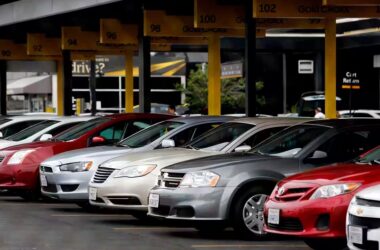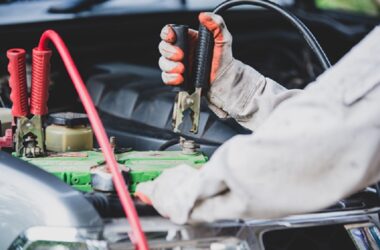Today’s vehicles are equipped with multi-functional steering wheels that go far beyond simply steering the car. They house a range of features—such as audio controls, cruise control, voice command buttons, paddle shifters, and airbag modules. Amid all this technology, the horn button is just one of many interconnected systems. With all these functions crammed into a compact space, it’s no surprise that the horn sensor, which once had a simple and dedicated function, is now more prone to interference, wear, and malfunction.
Dependence on Clock Springs and Electronic Integration
One major component affected by modern design is the clock spring—a ribbon-like coil that maintains electrical connection as the steering wheel rotates. This component is crucial not only for the horn, but also for airbag deployment and steering wheel-mounted controls. When the clock spring wears out or breaks, the horn button may become unresponsive. As newer models rely more heavily on multiplexed electrical systems, a failure in one area (such as the clock spring) can disrupt several functions at once, making diagnosis and repair more difficult. This is where choosing the Auto Repair in Lynden, WA based service is a right step.
Horn Activation Sensors vs. Traditional Buttons
Unlike older vehicles that use a mechanical horn switch, modern cars often use horn activation sensors embedded under a soft-touch surface or integrated into the airbag housing. These sensors are more sensitive and dependent on the vehicle’s electronic system to interpret and relay signals. While they offer sleek design and integration, they are also more susceptible to issues caused by software glitches, grounding problems, or internal circuit failures. If the sensor fails to register pressure correctly, the horn might only work intermittently or not at all.
Interference from Other Vehicle Systems
The horn system in newer vehicles is often tied into the body control module (BCM) or another central control unit. This integration means that what used to be a direct, straightforward connection now involves layers of software logic and electronic processing. If the BCM encounters a software error, or if there’s a problem with one of the inputs to the module—such as a malfunctioning steering angle sensor or airbag control—your horn may stop working even though the horn hardware itself is perfectly fine. Such indirect causes make troubleshooting horn issues much more complex than in older vehicles.
Diagnosing and Preventing Sensor Failures
With so many components working together, diagnosing horn issues in modern cars often requires professional tools like diagnostic scanners and circuit testers. Mechanics may need to test not just the horn unit and wiring but also the steering wheel electronics and control modules. To reduce the risk of horn sensor issues, routine vehicle checkups and cautious handling of the steering wheel area—especially during airbag or electronic repairs—are essential. As vehicles become more advanced, being proactive about maintenance is key to keeping every system, including the horn, functioning reliably.
Modern cars offer convenience and innovation, but that sophistication comes with increased vulnerability to sensor-related issues—including those affecting your horn.










